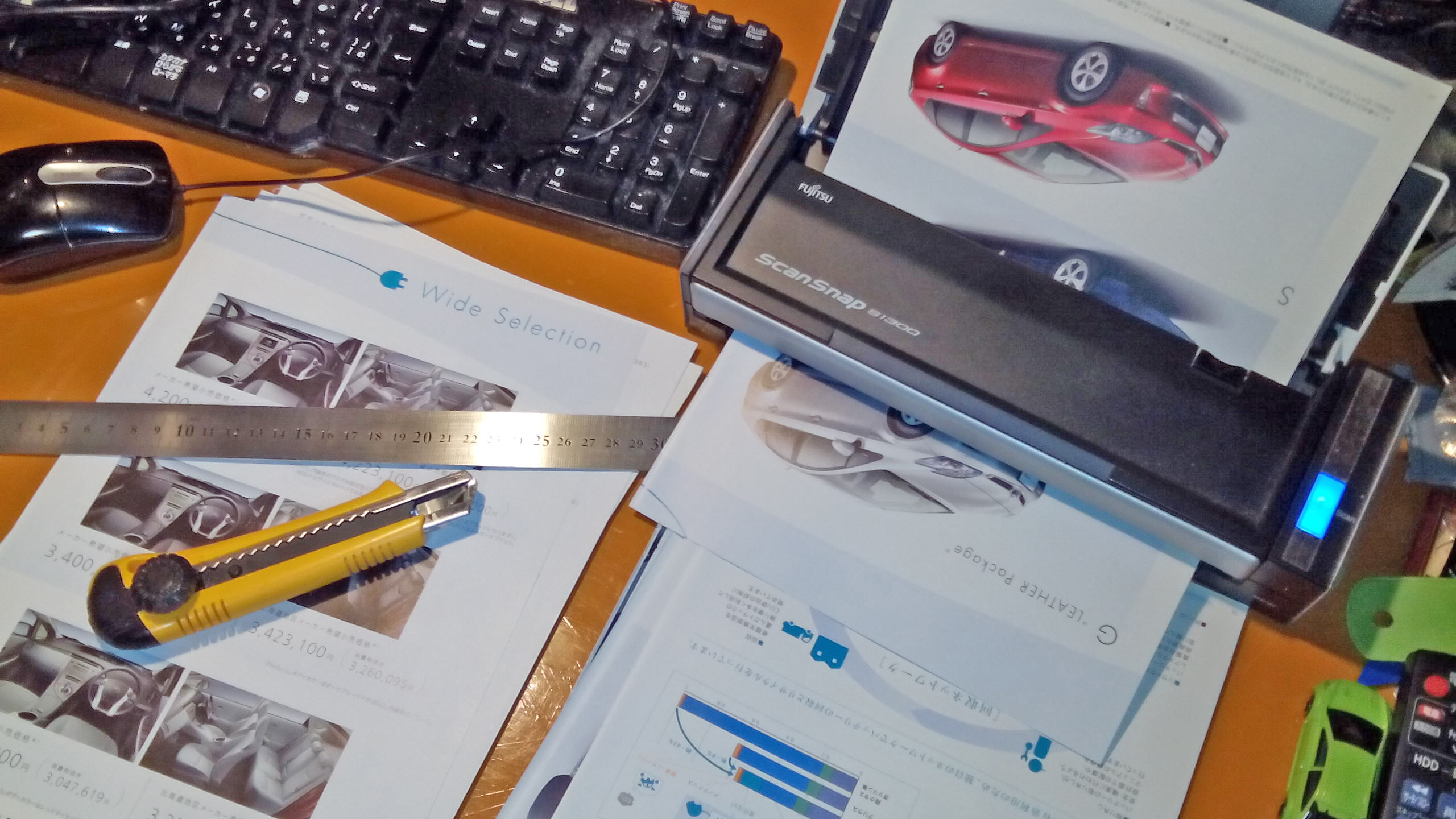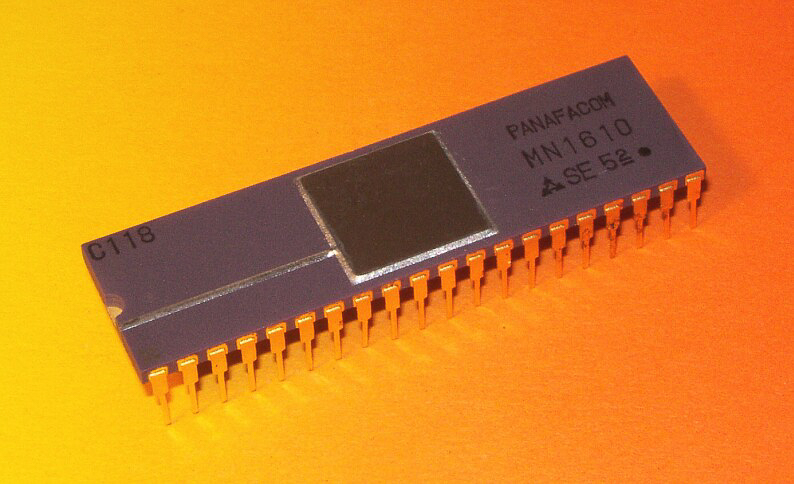PFU Limited on:
[Wikipedia]
[Google]
[Amazon]
is a Japanese information technology company. The company was formed by the merger of
 Fujitsu spun off image scanner product lines to PFU in 2001. PFU (under Fujitsu brand) has more than 50% share of the worldwide enterprise image scanner market.
Fujitsu spun off image scanner product lines to PFU in 2001. PFU (under Fujitsu brand) has more than 50% share of the worldwide enterprise image scanner market.
 In April 1975, Panafacom announced the 16-bit single-chip microprocessor, the Panafacom L-16A (MN1610).
In April 1975, Panafacom announced the 16-bit single-chip microprocessor, the Panafacom L-16A (MN1610).
Official website
Technology companies of Japan Computer keyboard companies Fujitsu subsidiaries
Panafacom
Panafacom was a Japanese microprocessor design firm formed on 2 July 1973 by a consortium including Fujitsu, Fuji Electric and Matsushita (Panasonic). The company was formed to design and manufacture the MN1610, a 16-bit microprocessor. It was re ...
and USAC Electronic Industrial in 1987.
As of 2019, PFU focuses on computing and IT consulting. Its product line includes image scanner
An image scanner—often abbreviated to just scanner—is a device that optically scans images, printed text, handwriting or an object and converts it to a digital image. Commonly used in offices are variations of the desktop ''flatbed scanner'' ...
s, embedded computers and professional computer keyboards (Happy Hacking Keyboard
The Happy Hacking Keyboard is a small computer keyboard produced by PFU Limited of Japan, codeveloped with Japanese computer scientist and pioneer Eiiti Wada. Its reduction of keys from the common 104-key layout down to 60 keys in the professio ...
).
The company owns a volleyball
Volleyball is a team sport in which two teams of six players are separated by a net. Each team tries to score points by grounding a ball on the other team's court under organized rules. It has been a part of the official program of the Sum ...
team, PFU BlueCats, formed in 1979 at USAC Electronic Industrial.
History
Panafacom
Panafacom was a Japanese microprocessor design firm formed on 2 July 1973 by a consortium including Fujitsu, Fuji Electric and Matsushita (Panasonic). The company was formed to design and manufacture the MN1610, a 16-bit microprocessor. It was re ...
was a conglomerate of the Japanese companies—formed by Fujitsu, Fuji Electric
, operating under the brand name FE, is a Japanese electrical equipment company, manufacturing pressure transmitters, flowmeters, gas analyzers, controllers, inverters, pumps, generators, ICs, motors, and power equipment.
History
Fuji Electric ...
and the Matsushita Group on July 2, 1973. The company provided OEM
An original equipment manufacturer (OEM) is generally perceived as a company that produces non-aftermarket parts and equipment that may be marketed by another manufacturer. It is a common industry term recognized and used by many professional or ...
manufacturing for Fujitsu and Matsushita, and developed one of the first commercially available 16-bit
16-bit microcomputers are microcomputers that use 16-bit microprocessors.
A 16-bit register can store 216 different values. The range of integer values that can be stored in 16 bits depends on the integer representation used. With the two mo ...
microprocessor
A microprocessor is a computer processor where the data processing logic and control is included on a single integrated circuit, or a small number of integrated circuits. The microprocessor contains the arithmetic, logic, and control circ ...
s, the MN1610.
was a minicomputer manufacturer founded in Unoke, Ishikawa on November 1, 1960. , an office equipment trading company, became a distributor of its minicomputers to enter the computer business. Unoke Electronic Industrial was renamed to in 1969.
Fujitsu, Uchida Yoko and USAC Electronic Industrial began a partnership in 1971. Panafacom merged with USAC Electronic Industrial to create PFU in 1987. PFU became a wholly owned subsidiary of Fujitsu in 2010.
In April 2022, it was announced that 80% of PFU's shares had been acquired by Ricoh
is a Japanese Multinational corporation, multinational imaging and electronics company (law), company. It was founded by the now-defunct commercial division of the Riken, Institute of Physical and Chemical Research (Riken) known as the ''Riken ...
.
Products
Image scanner
 Fujitsu spun off image scanner product lines to PFU in 2001. PFU (under Fujitsu brand) has more than 50% share of the worldwide enterprise image scanner market.
Fujitsu spun off image scanner product lines to PFU in 2001. PFU (under Fujitsu brand) has more than 50% share of the worldwide enterprise image scanner market.
Keyboard
The Happy Hacking Keyboard is a small computer keyboard codeveloped with Japanese computer engineer Eiti Wada, manufactured by Fujitsu Takamisawa Component Limited, and debut in 1996. It was expensive to enter the AmericanOEM
An original equipment manufacturer (OEM) is generally perceived as a company that produces non-aftermarket parts and equipment that may be marketed by another manufacturer. It is a common industry term recognized and used by many professional or ...
market, so PFU released the Happy Hacking Keyboard Lite which was manufactured by Chicony Electronics
Chicony Electronics Co., Ltd. () is a Taiwan-based multinational electronics manufacturer. Its product lineup includes input devices, power supplies and digital image products. It offers desktop keyboards, mobile keyboards, digital cameras, perso ...
. It failed to sell in the United States, but was successful in Japan. In 2003, Fujitsu Takamisawa Component would stop production of keyboards in Japan, so PFU co-developed the Happy Hacking Keyboard Professional with Topre Corporation. The series has shipped 400,000 units as of 2015.
Minicomputer
Panafacom had developed minicomputers for Fujitsu since 1973. When the company was founded, 70% of staff were engineers who developed minicomputers at Fujitsu. USAC Electronic Industrial had also developed minicomputers for Uchida Yoko and Fujitsu.Microcomputer
 In April 1975, Panafacom announced the 16-bit single-chip microprocessor, the Panafacom L-16A (MN1610).
In April 1975, Panafacom announced the 16-bit single-chip microprocessor, the Panafacom L-16A (MN1610).
NEC
is a Japanese multinational information technology and electronics corporation, headquartered in Minato, Tokyo. The company was known as the Nippon Electric Company, Limited, before rebranding in 1983 as NEC. It provides IT and network soluti ...
released the TK-80
The TK-80 (μCOM Training Kit TK-80) was an 8080-based single-board computer kit developed by Nippon Electric Company (NEC) in 1976. It was originally developed for engineers who considered using the '' μCOM-80 family'' in their product. It was ...
microcomputer evaluation kit in 1976, and it became popular among computer enthusiasts and hobbyists in Japan. Panafacom also released the Panafacom Lkit-16 in March 1977 to popularize the MN1610.
The Panafacom C-15 is an industrial personal computer
A personal computer (PC) is a multi-purpose microcomputer whose size, capabilities, and price make it feasible for individual use. Personal computers are intended to be operated directly by an end user, rather than by a computer expert or tec ...
using the MN1610 processor, announced in Japan in May 1978. It cost ¥700,000 () with 16 KB of RAM, flat keyboard, monochrome display and cassette tape recorder.
The is an office personal computer announced in 1980. It has two MN1610A processors clocked at 4 MHz, 124 KB of RAM, 80×24 text, two 320 KB 5 1⁄4 inch floppy drive
A floppy disk or floppy diskette (casually referred to as a floppy, or a diskette) is an obsolescent type of disk storage composed of a thin and flexible disk of a magnetic storage medium in a square or nearly square plastic enclosure lined w ...
s and Japanese keyboard. Its price was ¥1,650,000 () At first, it was provided only to OEMs. Hoya Glass purchased 1,500 of C-180 from Fujitsu to introduce computer terminals at its eyeglass stores. In October 1981, Fujitsu sold it as the FACOM 9450, Matsushita sold it as the C-18, and Panafacom began selling it. Its price was started at ¥790,000 () for a configuration with 128 KB of RAM, two 640 KB 5 1⁄4 inch floppy drives, monochrome display and keyboard. While Panafacom marketed it as a standalone system, Fujitsu marketed it as a network workstation
A workstation is a special computer designed for technical or scientific applications. Intended primarily to be used by a single user, they are commonly connected to a local area network and run multi-user operating systems. The term ''workstat ...
. Getting popular of the IBM 5550
IBM 5550 is a personal computer series that IBM marketed in Japan, Korea, Taiwan and China in the 1980s and 1990s, for business use customers. In Japan, it was introduced in 1983 and promoted as "" because it had three roles in one machine: a ...
which had a similar concept, the FACOM 9450 also got popular in the corporate sector.
The Panafacom C-280 was announced in 1983. It has two MN1613 processors, 384 KB of RAM and 640×480 pixel resolution. Fujitsu sold it as the FACOM 9450II, Matsushita sold it as the Operate 7000, and Honeywell
Honeywell International Inc. is an American publicly traded, multinational conglomerate corporation headquartered in Charlotte, North Carolina. It primarily operates in four areas of business: aerospace, building technologies, performance ma ...
Japan sold it as the DPS Junior.
The Panafacom C-380 was announced in 1985. It has an MN1617 processor, a 68000
The Motorola 68000 (sometimes shortened to Motorola 68k or m68k and usually pronounced "sixty-eight-thousand") is a 16/32-bit complex instruction set computer (CISC) microprocessor, introduced in 1979 by Motorola Semiconductor Products Secto ...
as a display controller, an HD63484 CRTC, 1 MB of RAM and 960×720 pixel resolution. Fujitsu sold it as the FACOM 9450Σ, and Matsushita sold it as the Operate 8000.
By 1988, Fujitsu sold 250,000 units of the FACOM 9450 series, and it was followed by the FMR series.
References
{{ReflistExternal links
Official website
Technology companies of Japan Computer keyboard companies Fujitsu subsidiaries